GPS for Shoulder Replacement
Parkwest offers a variety of robotic surgery options for our orthopedic and spine patients.
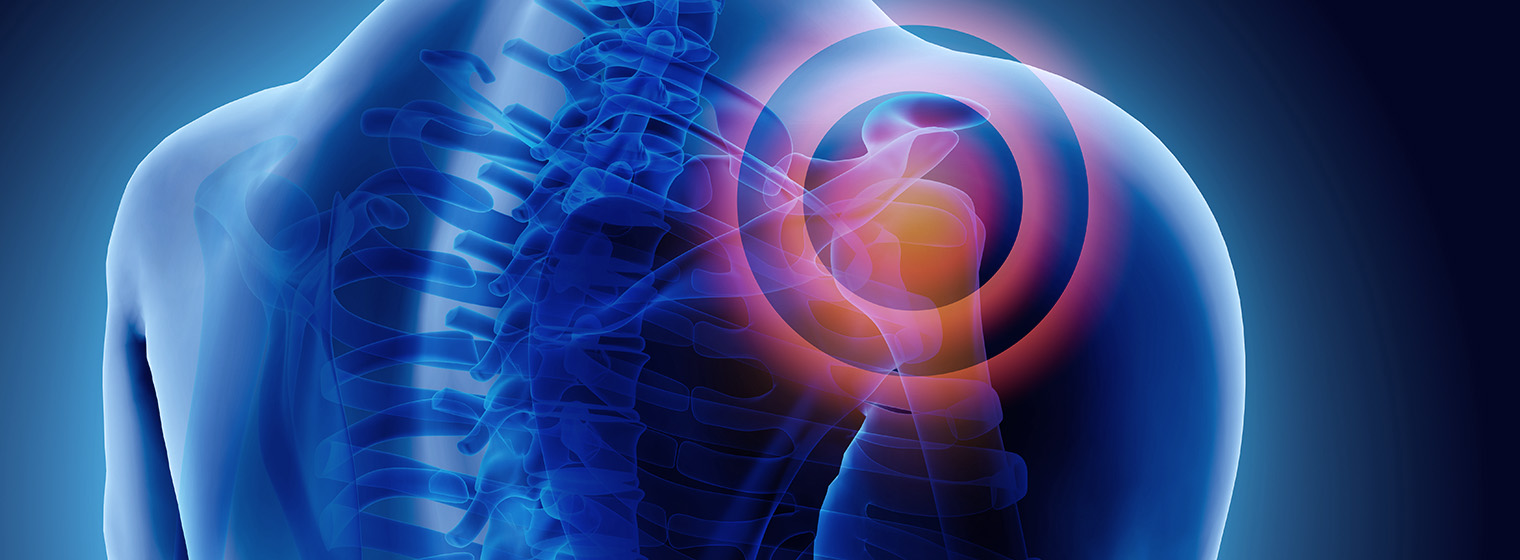
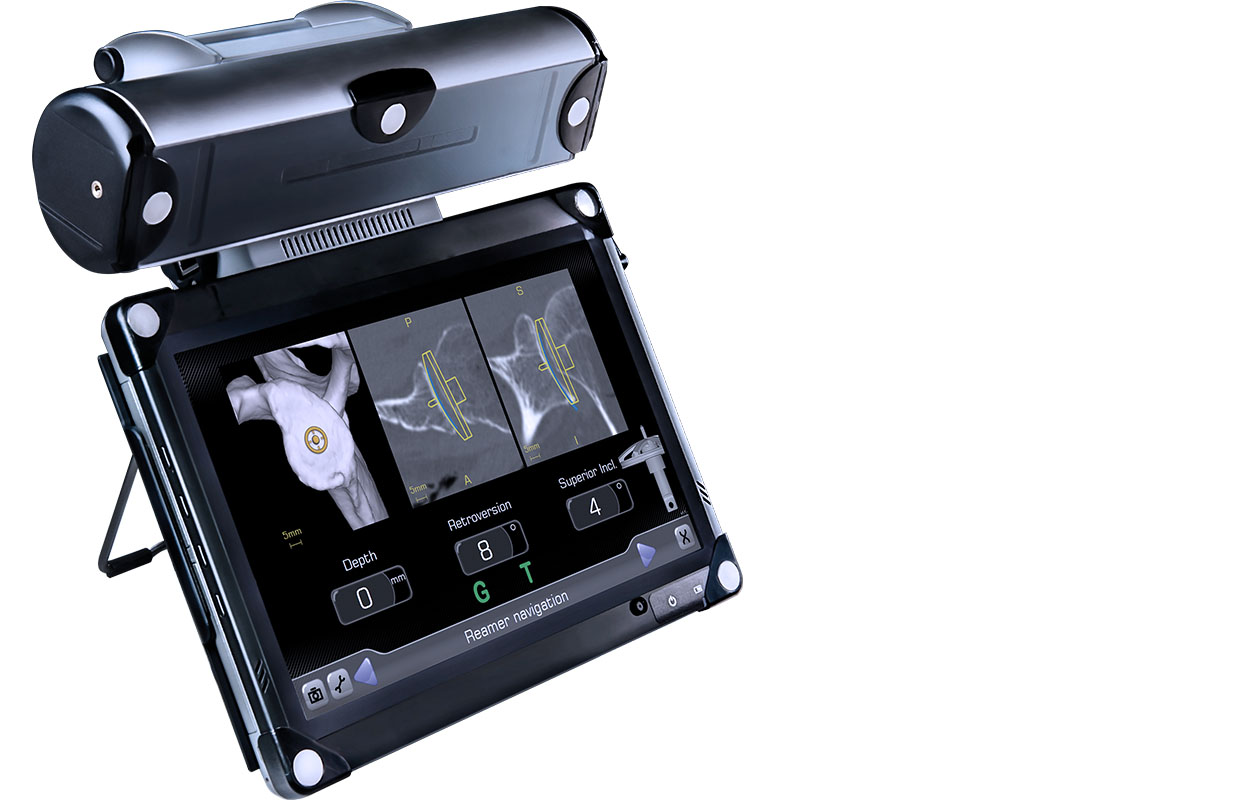
GPS for Shoulder Replacement
Guided Personalized Surgery (GPS) is one of the latest advancements in technology that provides surgeons with real-time visual guidance in total shoulder surgery. This advanced platform combines surgeon expertise with a computer system to perform your shoulder surgery with a goal of advanced accuracy and precision, allowing for simple adjustments, minimally invasive techniques and implant alignment personalized to your unique anatomy.
Parkwest Medical Center is currently the only joint center in the region using this advanced technology.
Your Shoulder Requires a Unique Road Map
This new GPS technology pairs your surgeon’s expertise with an advanced computer system to perform the patient’s shoulder surgery with a goal of improved accuracy and precision.
The pre-operative planning tool is designed to help surgeons understand their patient’s anatomy prior to surgery and plan the surgery through a virtual simulation.
Surgeons can then execute their plan in real time during the surgery based on a 3-D anatomical model of the patient’s shoulder, making adjustments as needed. This unique technology gives greater visibility to the shoulder anatomy, allowing for more consistent and accurate implant placement.
How Does Guided Personalized Surgery for Shoulder Replacement Work?
- The images on the screen allow the surgeon to verify where to remove bone and appropriately place the implant.
- The computer analyzes the information it has gathered and displays it on the screen in a graphical format with calculated key measurements.
- With a tracker placed on the patient’s bone, the system sends data on the patient’s anatomical structure and joint movement to the computer
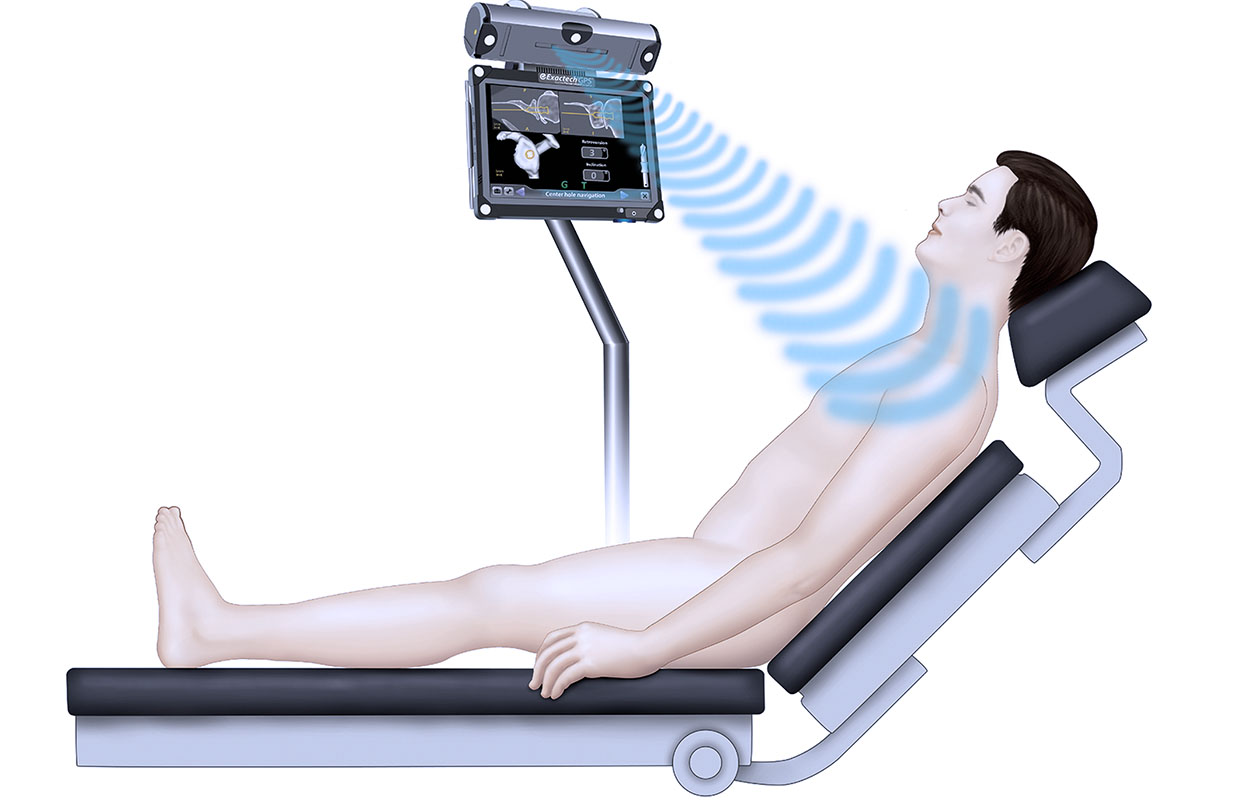
Total Shoulder Replacement in Knoxville, TN
We don’t have to tell you how debilitating joint pain can be, not to mention how it can make you feel. The shoulder joint is similar to a ball-and-socket joint but more closely resembles a golf ball on a tee. The rotator cuff provides the stability – keeping the golf ball on the tee. Unfortunately, a healthy shoulder can sometimes be damaged by disease, such as arthritis, or injury. This can result in severe pain, pseudoparalysis (false paralysis) and muscle weakness. Shoulder replacement surgery replaces the damaged part of your shoulder to recreate the natural contours of the bones in a healthy shoulder.
What is Total Shoulder Replacement?
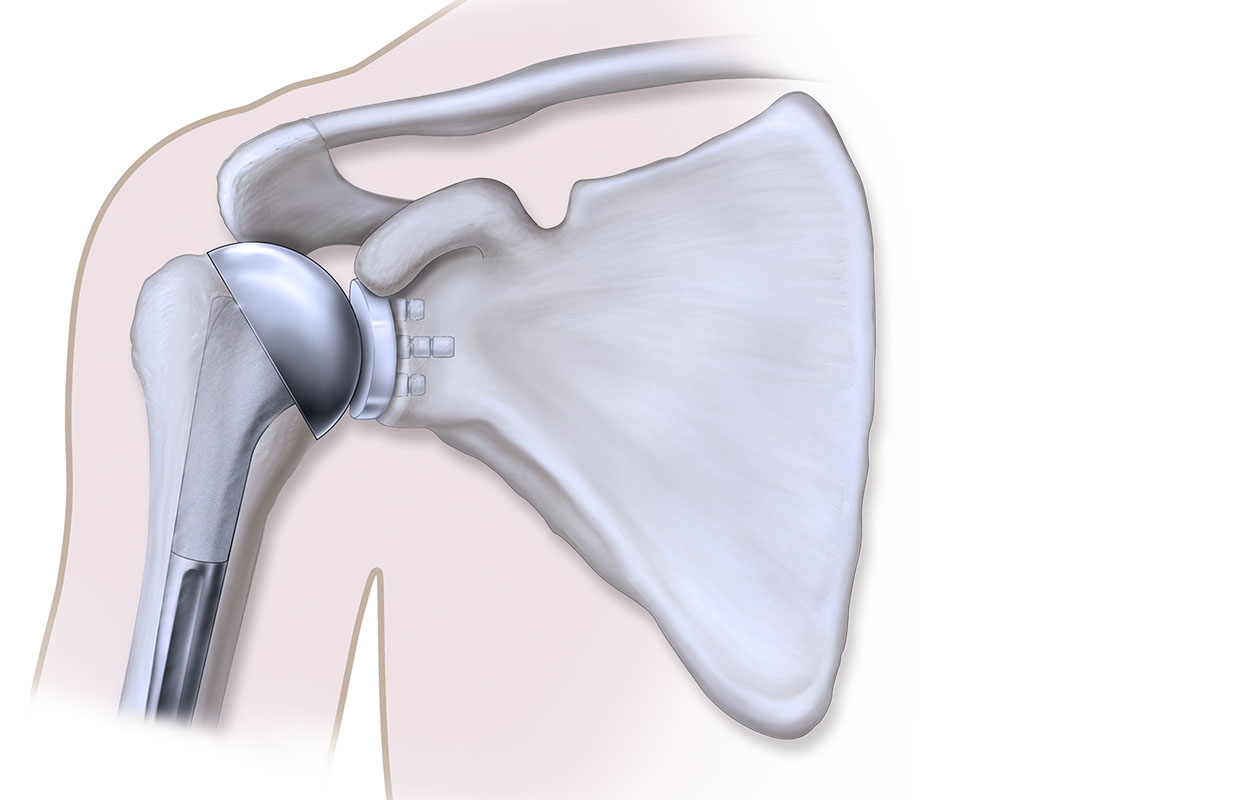
Primary Shoulder Replacement
Shoulder replacement surgery replaces the damaged part of your shoulder to mimic the
natural contours of the bones in a healthy shoulder. Sometimes, only the ball is replaced (hemiarthroplasty), while other times, both the ball and socket are replaced (total shoulder arthroplasty). The ball is metal and the socket is plastic.
During surgery, an incision is made in the front of the shoulder. Once your surgeon exposes your shoulder joint, the surgeon will remove the damaged bone and cartilage. The head of the humerus is then removed and a metal stem is placed into the stabilizing anchor for the head.
Reverse Shoulder Replacement
If you have an irreparable rotator cuff tear and arthritis, your surgeon may opt to perform a reverse shoulder replacement. The rotator cuff is a group of muscles and tendons that surround the shoulder in order to keep the humerus centered while performing shoulder-related tasks such as lifting the arm.
When the rotator cuff tears, the muscles lose their ability to keep the humerus centered on the glenoid, causing your humerus to move upward and out of the socket. This instability, combined with arthritis or a previous shoulder injury, can cause severe pain and loss of function.
In this procedure, the anatomy of the shoulder is reversed by attaching a metal ball (glenosphere) to the glenoid and the plastic socket (humeral liner) to the upper humerus. A reverse shoulder replacement empowers your deltoid to become the main functioning muscle in the absence of a healthy rotator cuff.
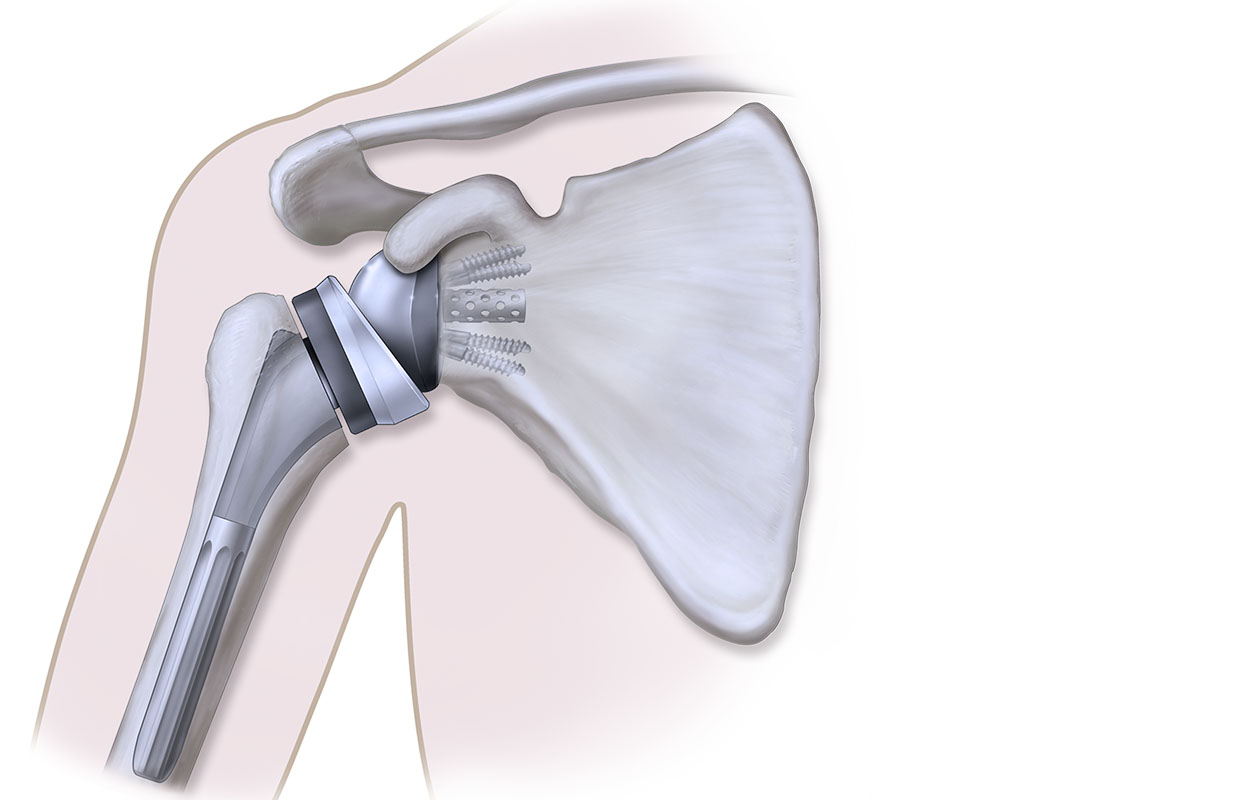
Make the call today! (865) 374-PARK
For a physician referral call us at 865-374-7275.

